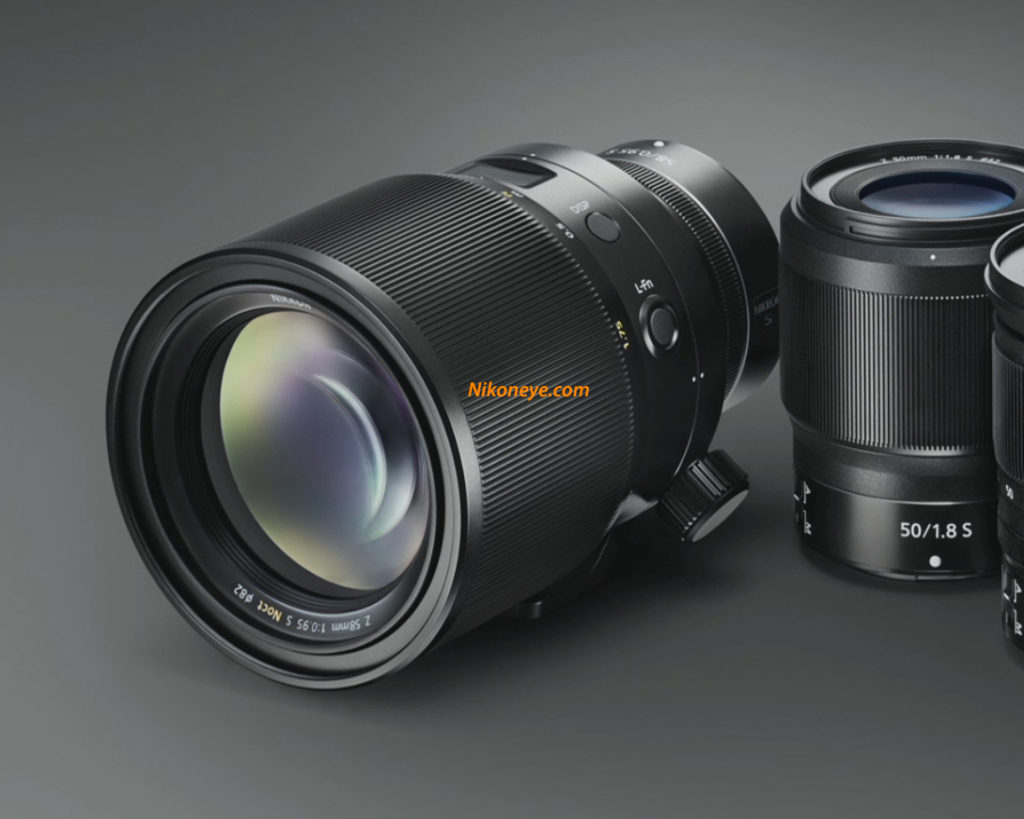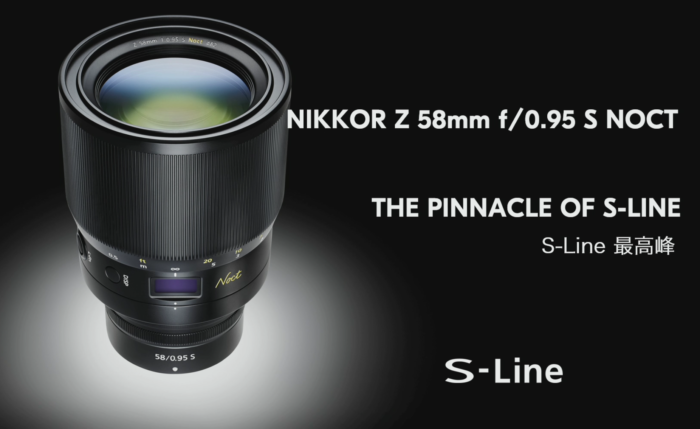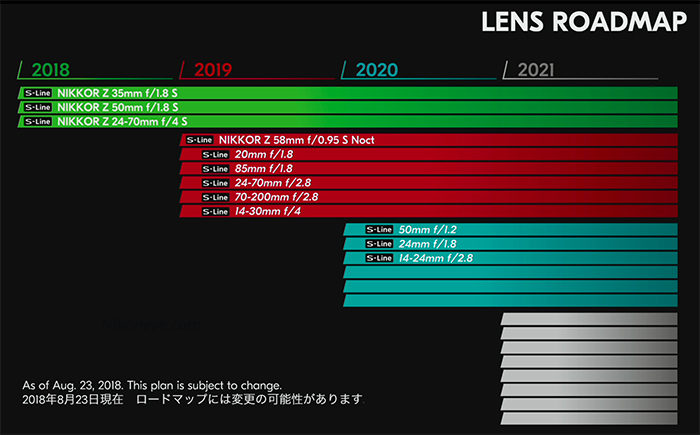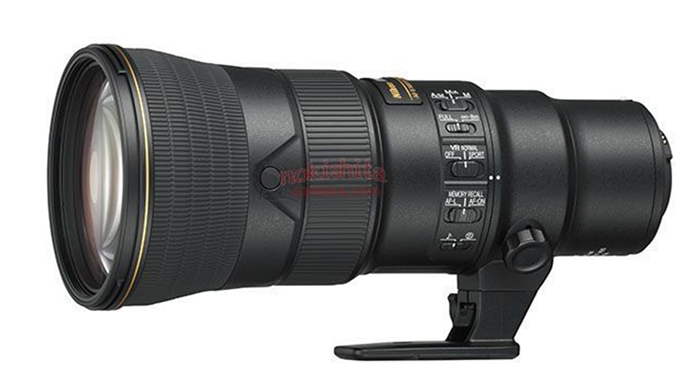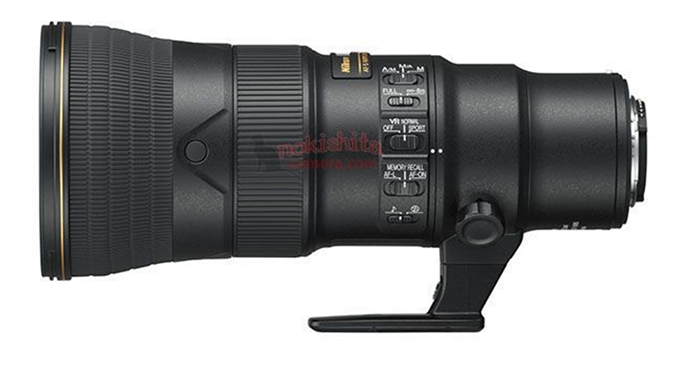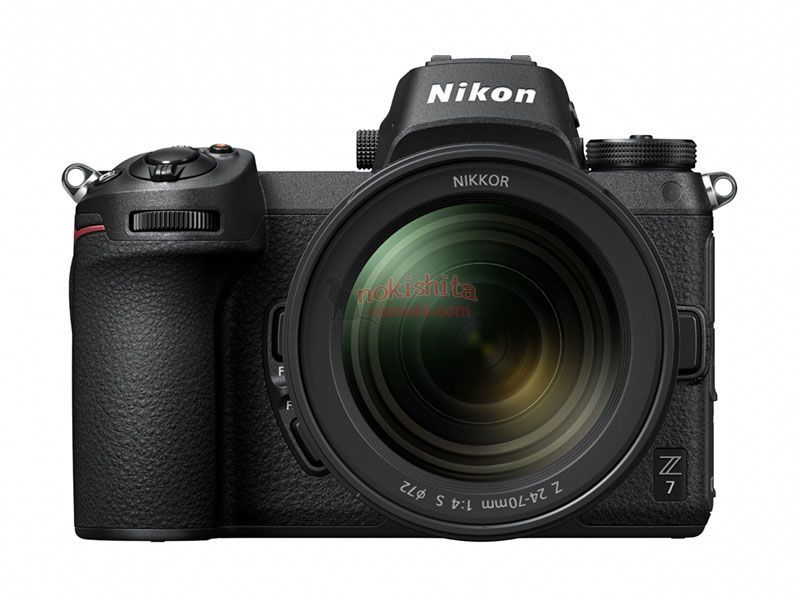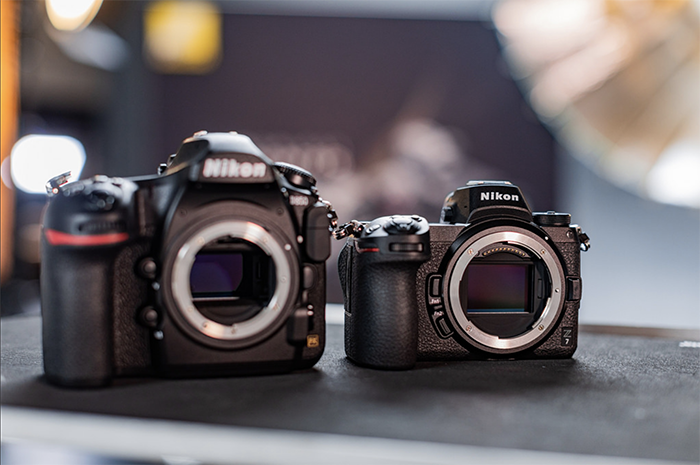Nikon Z cameras and lenses officially announced!
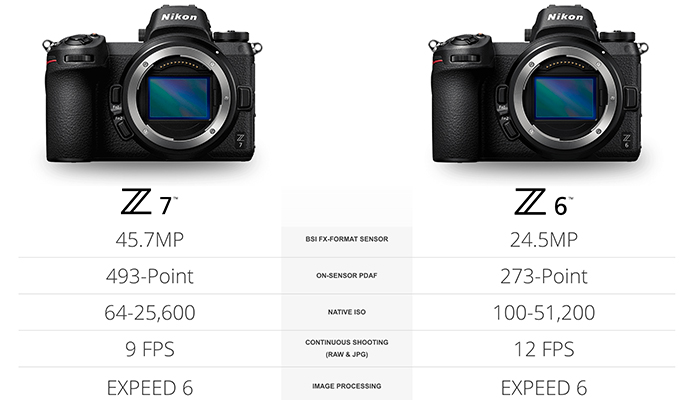
Nikon Z preorder links:
Nikon Z7 at BHphoto, BestBuy, Amazon, Adorama, Calumet Germany. WexUk. Jessops. CameraPro Australia.
Nikon Z6 at BHphoto, BestBuy, Amazon, Adorama, Calumet Germany. WexUk. Jessops. CameraPro Australia.
Nikon 24-70mm at BHphoto, BestBuy, Amazon, Adorama, Calumet Germany. WexUk. Jessops. CameraPro Australia.
Nikon 35mm at BHphoto, BestBuy, Amazon, Adorama, Calumet Germany. WexUk. Jessops. CameraPro Australia.
Nikon 50mm at BHphoto, BestBuy, Amazon, Adorama, Calumet Germany. WexUk. Jessops. CameraPro Australia.
Nikon FTZ adapter at BHphoto, BestBuy, Amazon, Adorama, Calumet Germany. WexUk. Jessops. CameraPro Australia.
Hands-on and reviews:
Hands-on at Dpreview. Z7 first impression review at Dpreview.Hands-on by CameraLabs. Nikon Z hands-on by Photographyblog. Hands.on by ePhotozine.
Press text:
Dpreview. LeMondeDeLaPhoto (french). Photolari (Spanish).
Image samples:
Image samples at Dpreview.
Lens roadmap:
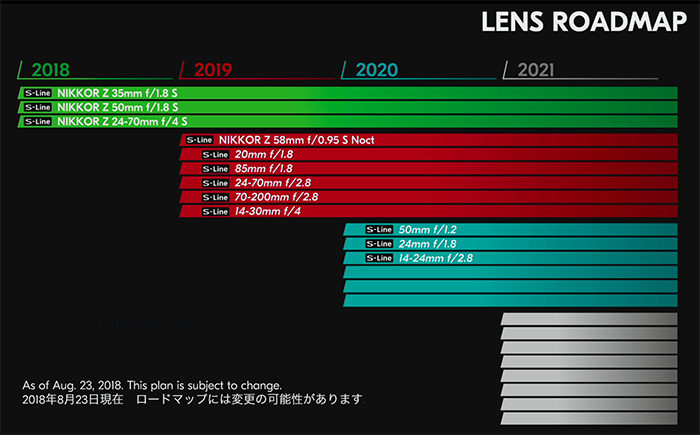
Images:
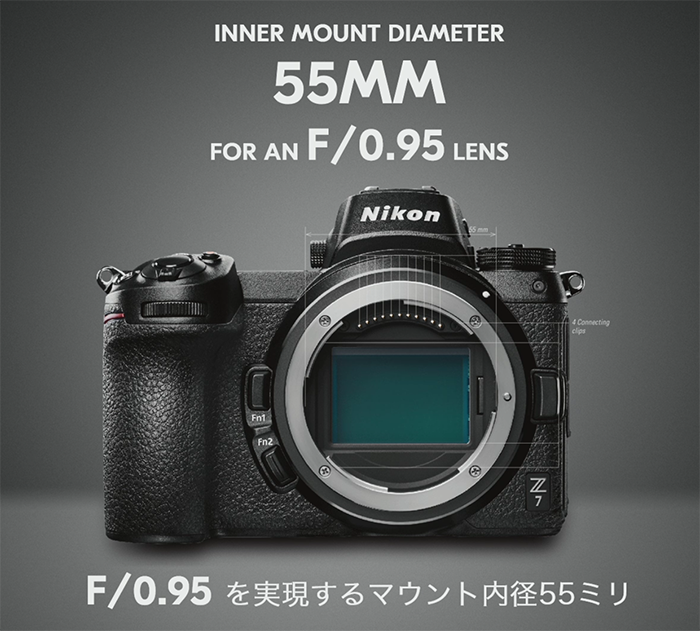
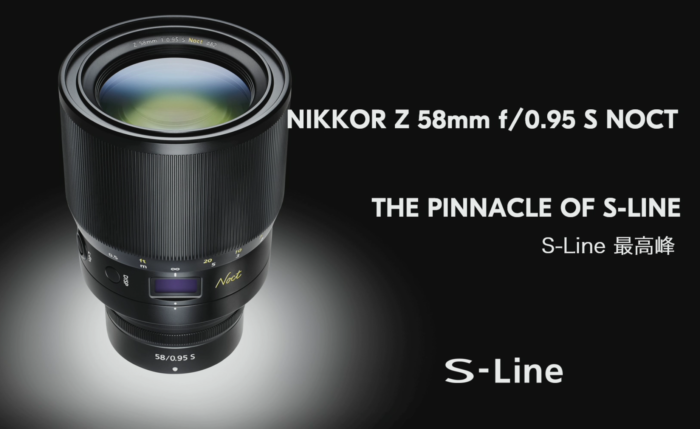
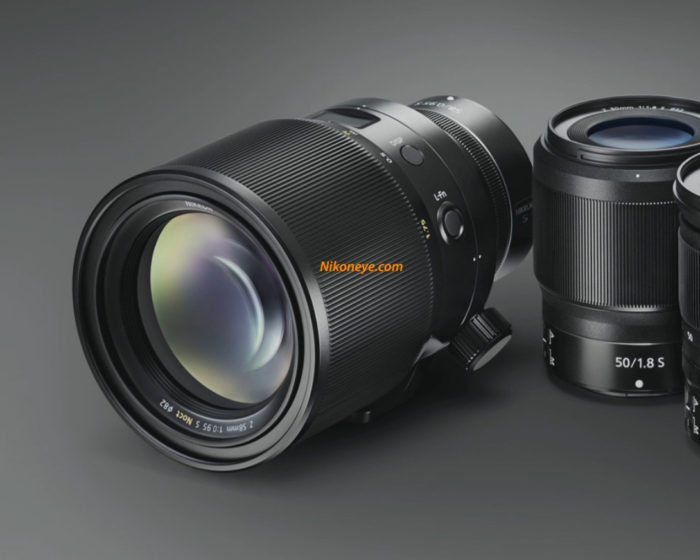
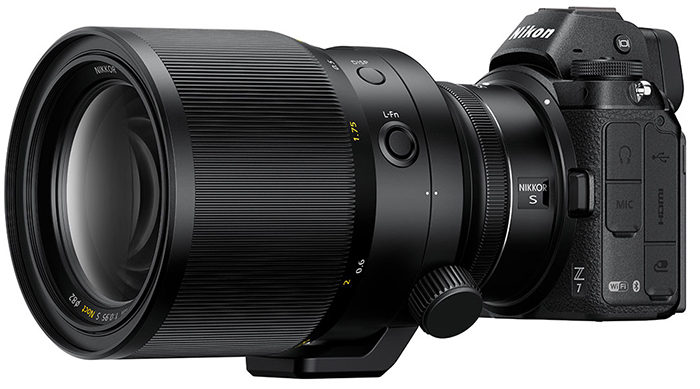
Videos:












